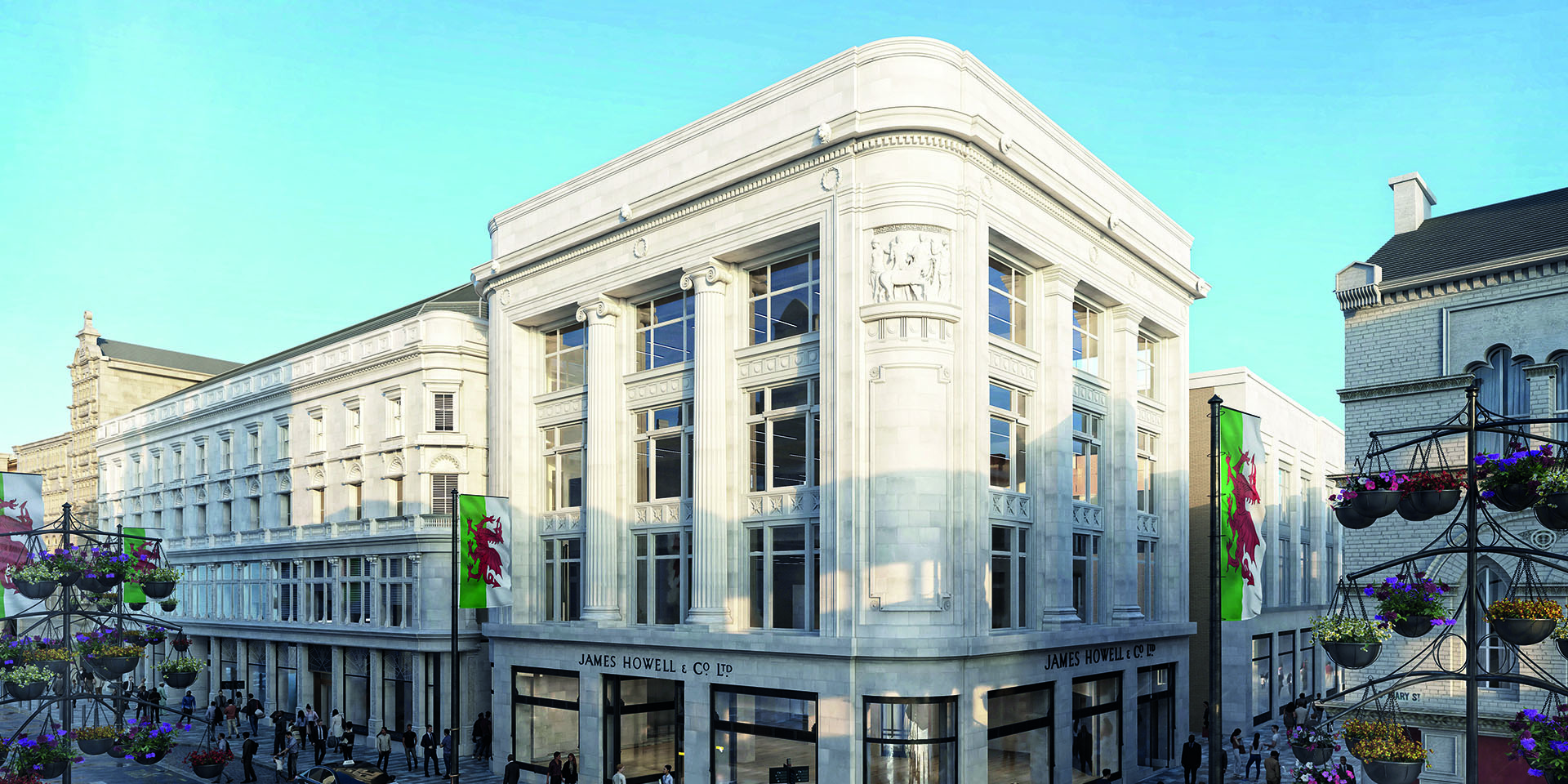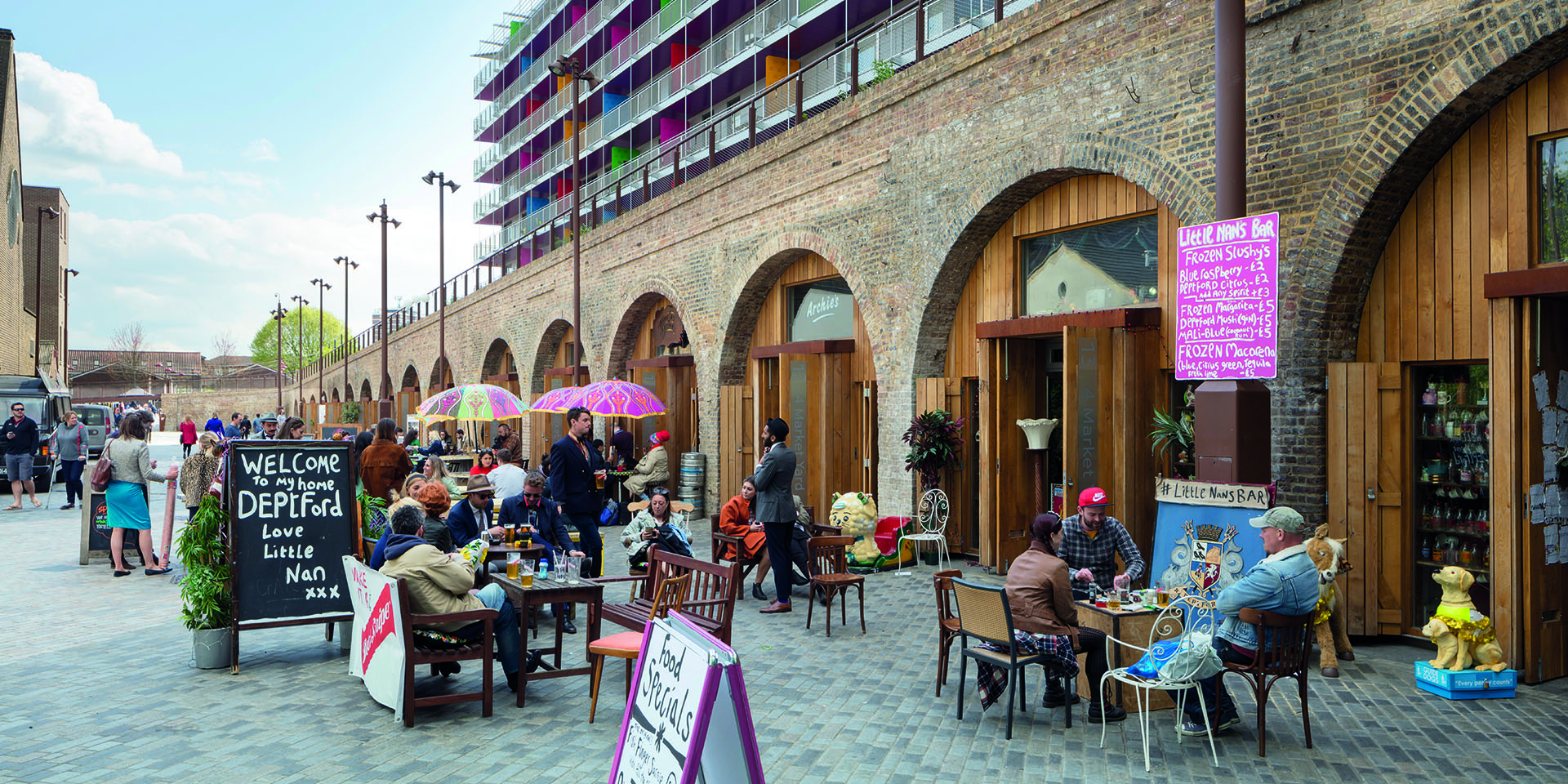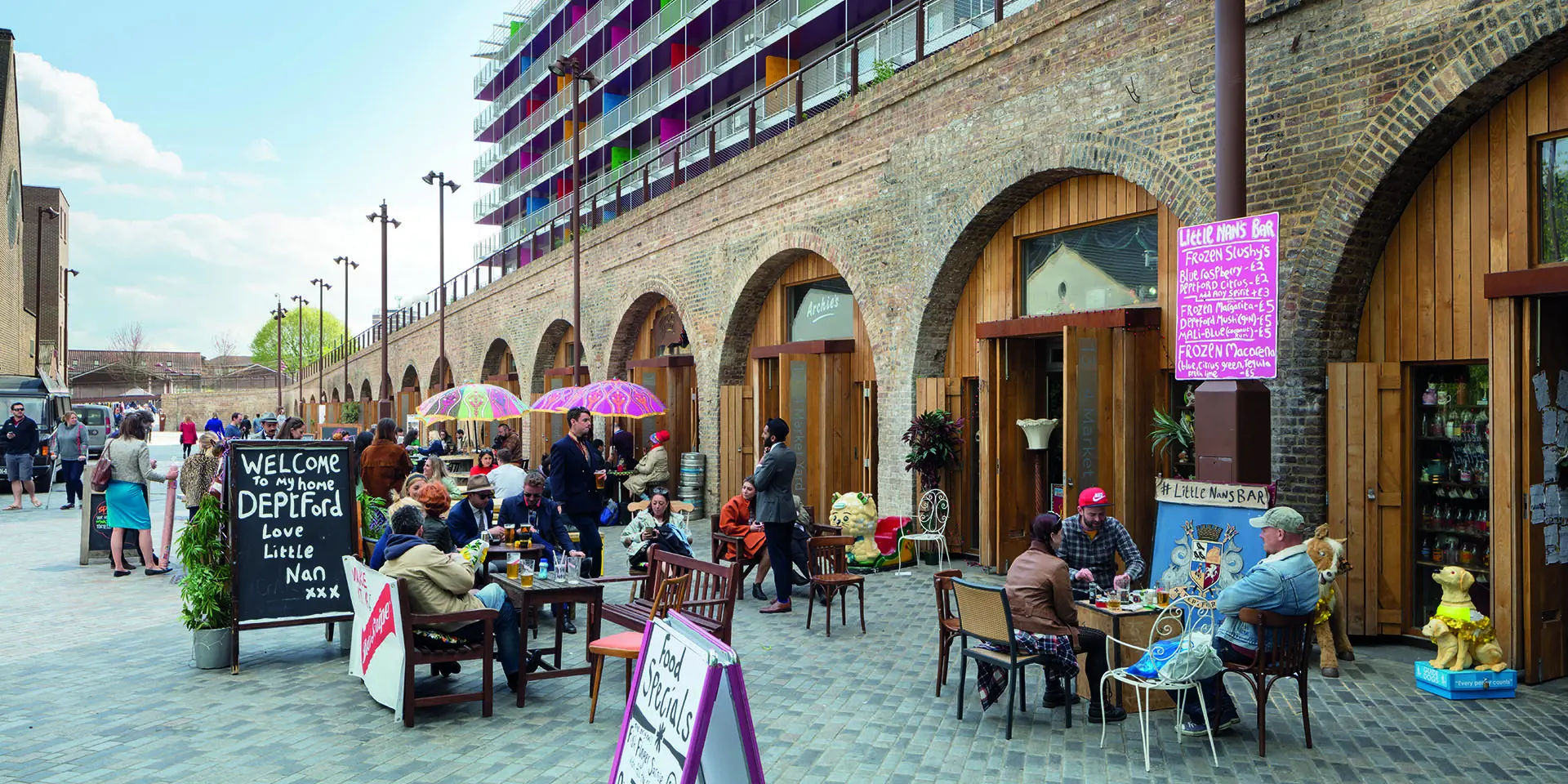It is a challenge for developers, landowners and Councils across the country. What do we do with vacant shopping centres, department stores and other empty units? Redevelopment has historically been the preferred option. But the tide has turned – and repurposing is now well and truly in fashion.
The significant change experienced by our town centres over the last ten to fifteen years has been well rehearsed so no need for us to go over the finer details just here. Suffice to say the significant changes in the way we shop – most notably the increase in online sales – and also socio-economic factors (including the recent cost 0f living crisis) have led to a surfeit of floorspace in our centres. The question now is not ‘do we have too much space’ but ‘what do we do with it’?
There are obvious financial reasons why converting existing buildings for new uses make sense. However, the environmental benefits are also becoming increasingly important. In some circumstances conversion will not be feasible but, elsewhere, the benefits are significant - not least given the carbon emissions associated with both knocking buildings down and then re-building on the same site.
There are often cultural reasons behind the desire to retain certain buildings. Department stores that have been around for a hundred years for example – whether listed or not - and/or venues used as a meeting point for generations of local people. And there is value for many in keeping these ‘landmark’ buildings as a symbol of local regeneration.
Our latest Insight – '
Out with the old, in with the new' – delves into all of the above issues and more, by exploring the opportunities for repurposing in town and city centres, drawing on our experience of delivering these projects, and identifying lessons learnt and key issues to consider. It also includes a number of useful case studies, where these issues have been successfully addressed in practice.
The
Riverwalk development in Durham City Centre lies within a Conservation Area and adjacent to Durham Cathedral and Castle, a UNESCO World Heritage Site. Despite this highly sensitive location, Lichfields secured permission on behalf of
Clearbell Capital in 2016 for the remodelling of the tired former shopping centre to deliver a rebalanced shopping and restaurant offer, a multiplex cinema, and student accommodation. The Covid pandemic also prompted further repositioning of the scheme with a stronger food and drink focus and enhancements to outdoor areas and more flexibility for future occupiers.

Image credit: Clearbell / Ian Squire Photography
Lichfields were also instructed by
Thackery Group to lead on the redevelopment of the Grade II* listed former Howells department store in Cardiff City Centre. Collaboration with both the Council and Cadw helped the team to agree a shared vision and site-wide masterplan, which reimagined the store as a new destination, comprising a vibrant mixture of retail, leisure, office and residential uses, within an attractive public realm. Along with the conversion of the building itself, the scheme will involve partial demolition, and upward extension to deliver new apartments and flexible commercial workspace.

Image credit: Thackeray Group
The
Deptford Market Yard development (by
Landsec U+I) is a great example of how under-used structures can be repurposed to bring new life to centres. The Deptford Carriage Ramp, a Grade II listed building, is the oldest surviving railway structure in London. The client’s vision sought to put the repurposing of built heritage at the heart of their wider mixed-use scheme, which also encompassed a car park and part-vacant office building. This award-winning scheme, which created new independent shops, restaurants and residential development, has acted as a catalyst for further investment in Deptford District Centre.

Image credit: Fotohaus Ltd
There are many lessons to be drawn from the above and other schemes we have been involved with. First and foremost, one size definitely does not fit all, and a bespoke response is required to all opportunities. Transformative change cannot happen unless it is viable and developing a scheme with the right mix of uses, and embedded public realm where possible, is critical. Furthermore, whilst our focus here is rightly on re-purposing, supporting new development may often be required to make the wider scheme happen, as was the case in Deptford.
A broad range of uses – along with embedded flexibility to respond to future consumer trends - will often be needed to bring vitality and viability to the scheme, and a holistic approach, which respects the existing context and integrates the scheme with the surrounding area, is a must. Schemes will simply not happen without getting ‘buy-in’ from key stakeholders, and not just the local planning authority, but also statutory consultees, for example, Historic England, and making a robust case for development. And last (but definitely not least) put sustainability first – it won’t just be the environment which benefits but future occupiers as well.
All of the above is covered in more detail in ‘Out with the old, in with the new’. For a multitude of reasons, re-purposing will become even more important in the coming years and the property sector must maximise the opportunities it presents. Even more important than that, the future of many town centres will depend upon it.
For more information on any of the above, or to find out how Lichfields can help you deliver your repurposing opportunities, then just let us know.






